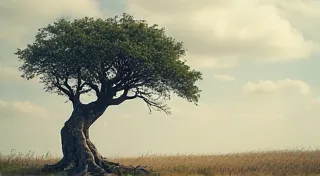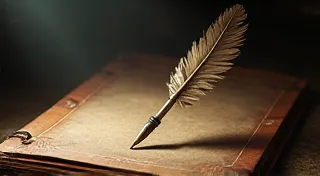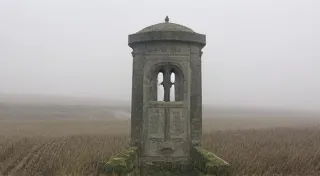Ephemeral Echoes: When Postcards Became Whispers of Lost Journeys
The scent of aged paper, the subtle crackle under your fingertips – these are the sensory hallmarks of a vintage postcard collection. But beyond the tangible beauty lies a melancholic story, a fading echo of a vibrant era when postcards were far more than mere souvenirs. They were intimate missives, fleeting connections bridging distance, and tangible proof of lives lived and journeys undertaken. To collect these isn’t simply to amass pretty pictures; it’s to hold fragments of vanished conversations, to glimpse into the lives of strangers, and to ponder the profound shifts in how we connect.
My own fascination began with a single card – a faded image of Niagara Falls, sent from a young woman named Elsie to her sister, Mary, in 1912. The message, scrawled in elegant cursive, spoke of breathtaking vistas and the excitement of new experiences. It wasn’t the destination that captivated me, but the palpable sense of connection, the immediacy of the sentiment transmitted across the miles. Suddenly, Elsie wasn’s just a name on a postcard; she became a person, a traveler, a sister sharing a moment in time.
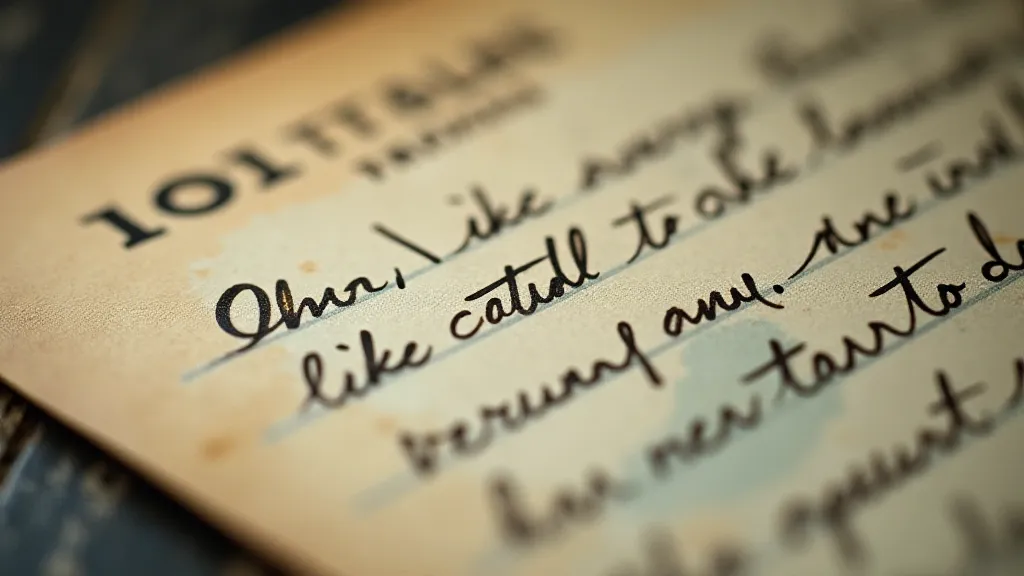
The Golden Age of Postcard Correspondence
The late 19th and early 20th centuries witnessed a postcard boom unlike anything seen before or since. The invention of the "postal picture card" in Germany in 1894, coupled with a dramatic drop in postage rates, sparked a global phenomenon. Suddenly, sending a visual message became affordable and accessible to a wider population. People of all social classes eagerly participated, sharing news, greetings, and snapshots of their lives. It wasn't just a novelty; it became a crucial means of maintaining relationships, particularly for those separated by migration or distance.
Imagine a time before instant messaging, before social media, even before readily available telephones. News traveled slower, and personal contact was precious. The postcard offered a tangible link, a small piece of a distant place arriving in the recipient's hand. Families sent cards from seaside vacations, soldiers mailed them from the front lines, and immigrants shared glimpses of their new homes with loved ones left behind. These weren't casual shares; they were often carefully chosen images and heartfelt messages that represented significant moments and emotions.
The craftsmanship involved was remarkable. Early postcards were often hand-tinted, adding another layer of artistry and personalization. Photographers like Detroit Publishing Company and Underwood & Underwood, became household names, their images gracing countless postcards. The designs, often vibrant and detailed, were more than just pretty pictures; they were works of art in themselves, reflecting the aesthetic sensibilities of the era.
The Slow Fade: Technological Shifts and Changing Habits
The first signs of decline began to appear in the 1930s, accelerating rapidly after World War II. Several factors contributed to this significant shift. The rise of the telephone made verbal communication easier and more immediate. Then, the proliferation of affordable cameras put the power of image-making into the hands of ordinary people. Why wait weeks for a postcard to arrive when you could instantly share a photograph with a friend or family member?
The advent of airmail, while initially exciting, ultimately undermined the unique appeal of the postcard. The leisurely pace of surface mail had been part of the charm, creating anticipation and a sense of connection that vanished with speedier delivery. The shift towards more informal communication also played a role. Postcards were often formal and carefully worded; the rise of casual, conversational tones reflected a broader cultural change.
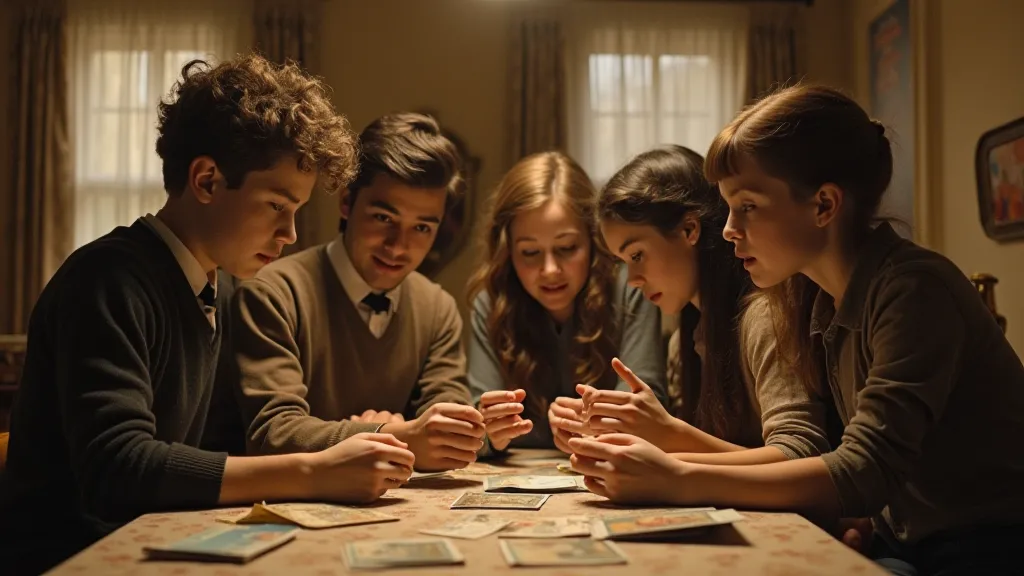
The Psychology of Fleeting Connection
Beyond the technological and practical reasons for the decline, there’s a deeper, more subtle element at play – a shift in our understanding of connection itself. The postcard, with its inherent limitations – brevity, delayed delivery, the reliance on the postal service – fostered a sense of anticipation and cherished intimacy. Each card represented a deliberate act of reaching out, a tangible expression of care and connection.
Today, we live in an age of instant gratification. Our digital interactions are fleeting, ephemeral – likes, shares, emojis. The postcard offered something different: a lasting memento, a physical representation of a moment in time. Collecting these isn’t just about acquiring beautiful objects; it’s about preserving a cultural artifact, a tangible link to a time when human connection was more deliberate, more cherished.
Preserving the Echoes: Caring for Vintage Postcards
For those drawn to collecting vintage postcards, preservation is key. These delicate artifacts are often fragile and susceptible to damage. Storage is paramount. Acid-free sleeves and albums are essential to protect against discoloration and deterioration. Avoid direct sunlight and excessive humidity, which can exacerbate fading and warping.
Restoration is a tricky area. While minor cleaning with a soft brush can be beneficial, attempting major repairs can often cause more harm than good. Professional conservationists specializing in paper artifacts are best equipped to handle significant restoration needs. The goal isn't to make the postcard look "new," but to stabilize its condition and preserve its historical integrity.
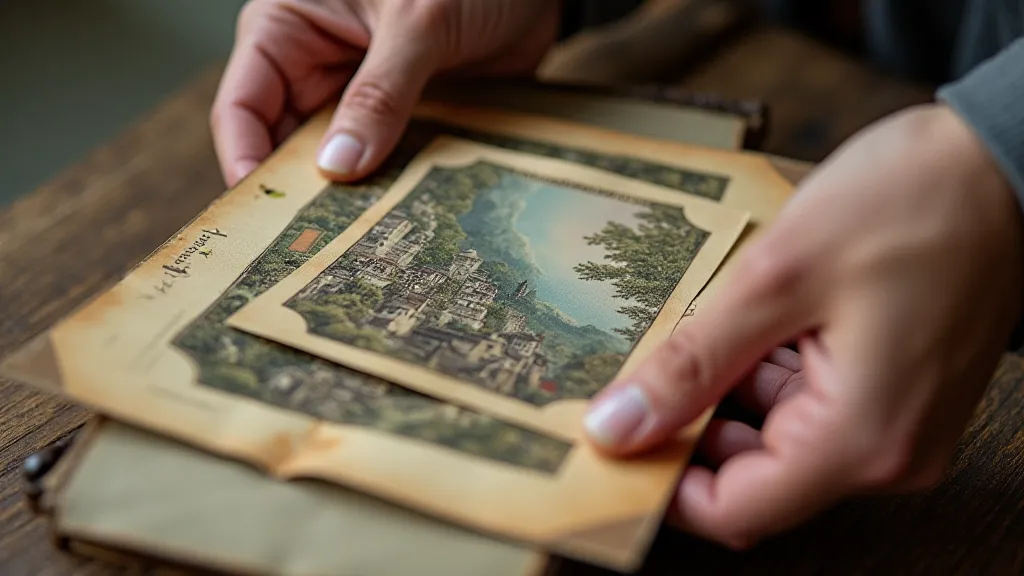
A Whisper Across Time
Collecting vintage postcards isn't just a hobby; it’s a journey through time, a chance to connect with the lives and experiences of those who came before us. Each card is a tiny window into a vanished world, a whisper across the years. By preserving these fragile artifacts, we not only honor the craftsmanship of the past but also keep alive the spirit of human connection, reminding ourselves of a time when even a simple postcard could carry a world of meaning.
